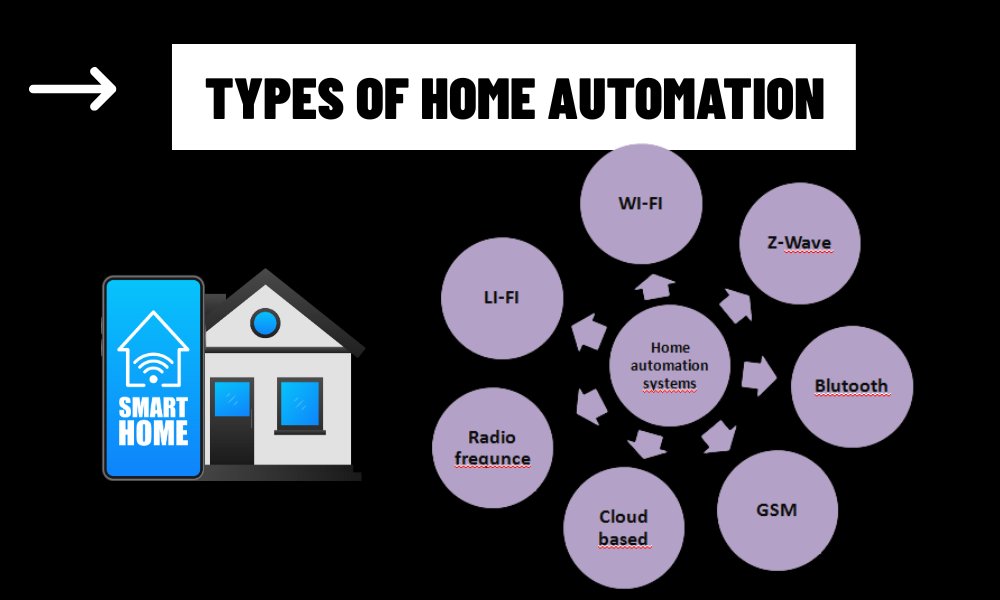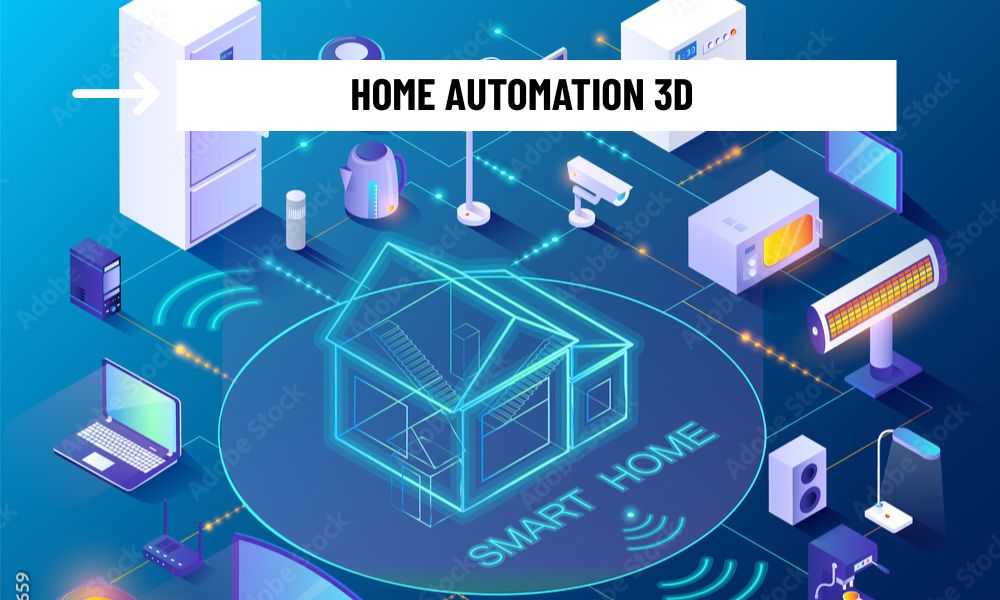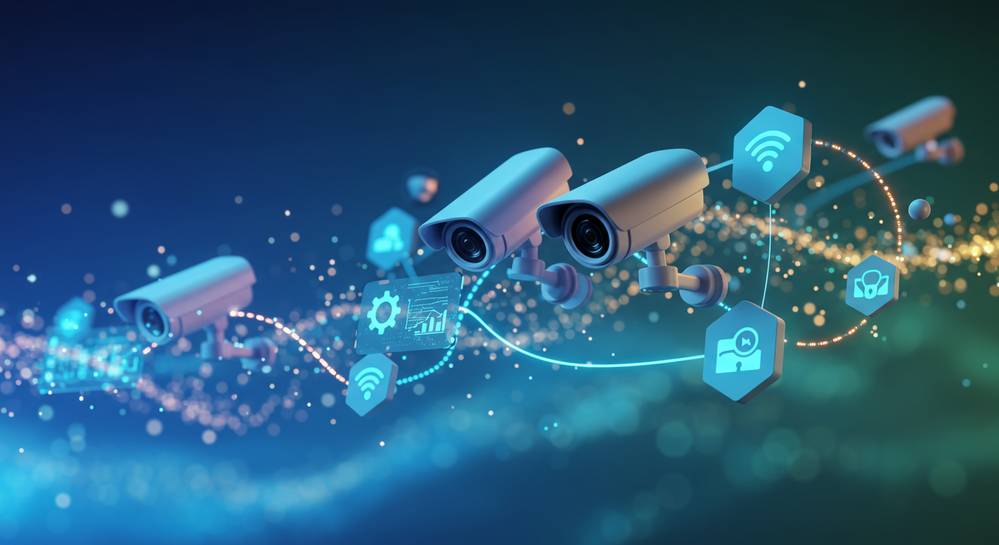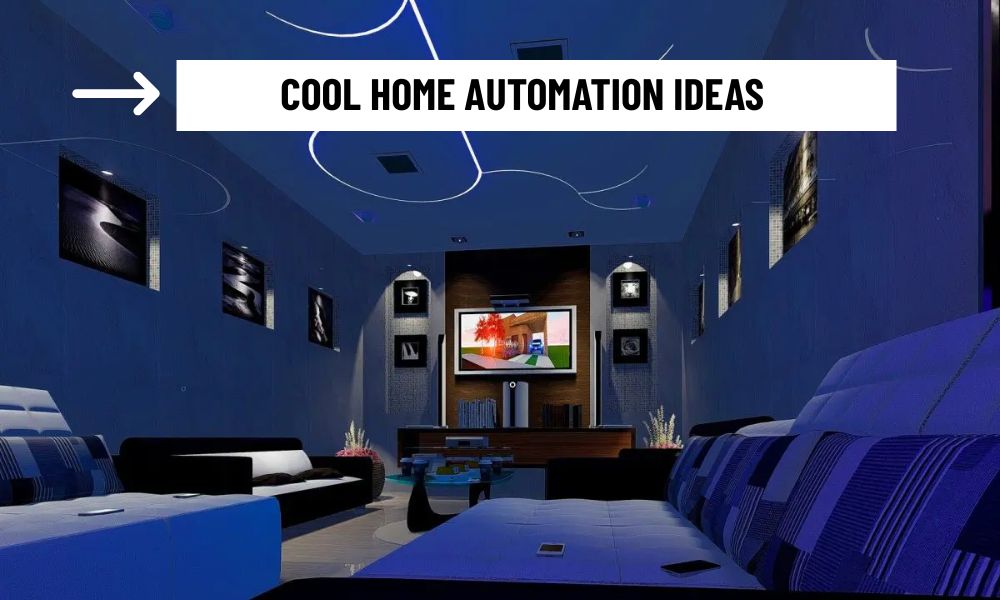Home automation has become an integral part of modern living, allowing homeowners to control and monitor their living spaces through connected devices. Whether it’s adjusting the thermostat, managing security systems, or controlling lights, home automation simplifies everyday tasks and improves efficiency. Let’s explore the different types of home automation that can transform your home into a smart and convenient living space.
Contents
8 Types of Home Automation
1. Lighting Automation
Lighting is one of the most common areas for home automation. With smart bulbs, you can control the brightness, color, and timing of your lights remotely through your smartphone or voice assistant. Some systems even allow you to create lighting schedules or triggers based on certain conditions like time of day or motion.
This form of automation not only improves convenience but also helps with energy savings by ensuring lights are off when not needed. For example, lights can be programmed to turn off when you leave the house or adjust based on the amount of natural light in the room.
2. Climate Control Automation
Smart thermostats are designed to automatically adjust the temperature of your home based on your preferences and schedule. These devices can learn your habits and optimize the heating or cooling to ensure comfort while reducing energy waste.
For instance, a smart thermostat can lower the temperature when you’re away or adjust it based on the weather, ensuring your home remains comfortable without excessive energy use. You can also control the thermostat remotely from your phone, providing flexibility and convenience.
3. Security Automation
Home security automation has become more sophisticated with the integration of smart devices like cameras, locks, motion sensors, and alarms. With a smart security system, you can monitor your property in real-time, receive alerts on unusual activity, and even remotely lock or unlock doors.
Video doorbells allow you to see and speak to visitors at your door through your smartphone, providing added security. Additionally, smart locks can be programmed to grant access only to authorized individuals, and can be controlled remotely, eliminating the need for traditional keys.

4. Appliance Automation
Smart appliances are designed to enhance your daily routine and offer greater convenience. Devices like refrigerators, washing machines, and coffee makers can be controlled remotely, allowing you to turn them on or off, set schedules, or receive notifications.
For example, a smart refrigerator can monitor food inventory and notify you when items are running low. Similarly, a smart washing machine can start a cycle while you’re out and send you a notification once it’s finished. This level of control makes managing household tasks easier and more efficient.
5. Entertainment System Automation
Home entertainment automation integrates devices like televisions, speakers, and media players, allowing you to control all aspects of your entertainment system from a single platform. Smart systems enable you to switch between devices, adjust volume, and even play media using voice commands or smartphone apps.
Voice assistants like Amazon Alexa or Google Assistant can integrate with your home theater system, allowing you to say things like “Play my movie” or “Turn on the music” for a seamless experience. This integration brings simplicity and customization to your entertainment setup.
6. Window Treatment Automation
Automating window treatments, such as blinds and shades, allows you to control natural light in your home. These devices can be programmed to open or close at specific times of the day, or be adjusted remotely via an app or voice command. Some systems even adjust based on the time of day or external weather conditions.
For example, window shades could automatically close when the sun is strongest to reduce heat gain, or open when the sun sets to maximize natural light in the evening. This feature enhances comfort and energy efficiency in your home.
7. Voice-Controlled Automation
Voice-controlled automation is one of the easiest ways to control your home. With voice assistants like Amazon Alexa, Google Assistant, or Apple Siri, you can operate many devices with simple voice commands. From adjusting the lights and temperature to controlling entertainment systems, voice assistants make managing your home hands-free and effortless.
This type of automation is especially beneficial for people with mobility challenges or anyone looking for an easy and intuitive way to control their home. You can also use voice assistants to set up routines or triggers, such as “Good Morning” to turn on the lights and start the coffee maker automatically.
8. Health and Wellness Automation
Home automation can also extend to health and wellness, helping monitor the air quality, water filtration, and even sleep patterns. Smart air purifiers, for example, can track air quality and adjust settings automatically based on detected pollutants. Smart beds can track your sleep patterns and provide insights into your overall health.
Additionally, health monitoring devices like fitness trackers or smart scales can sync with your home automation system, providing personalized feedback to improve your well-being. This type of automation is designed to ensure you live in a healthier, more comfortable environment.
Home automation offers numerous ways to simplify and enhance your life, from controlling lights and temperature to improving security and entertainment. As technology continues to evolve, these systems become even more efficient and intuitive. By integrating various types of automation, you can create a smarter, more convenient home that adjusts to your needs, helps you save energy, and improves your overall quality of life.



